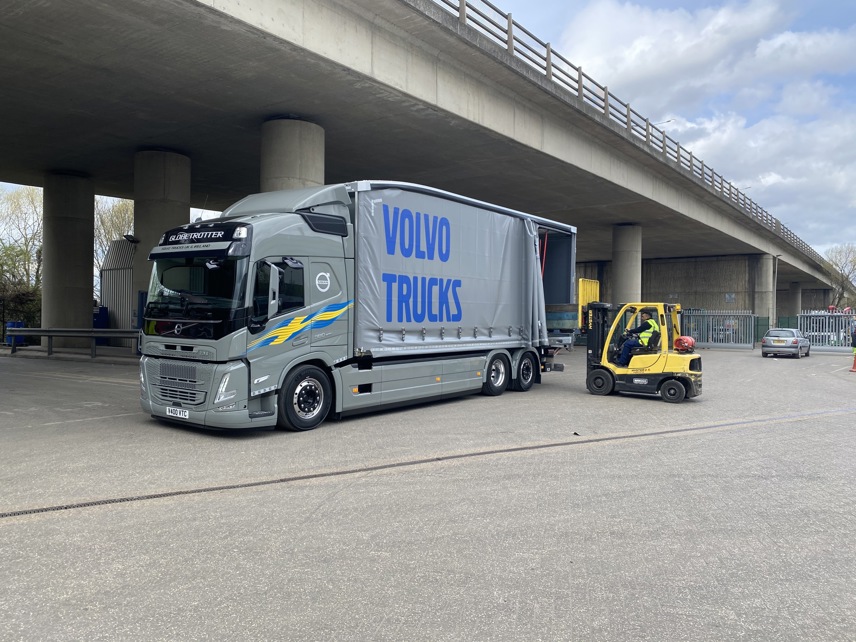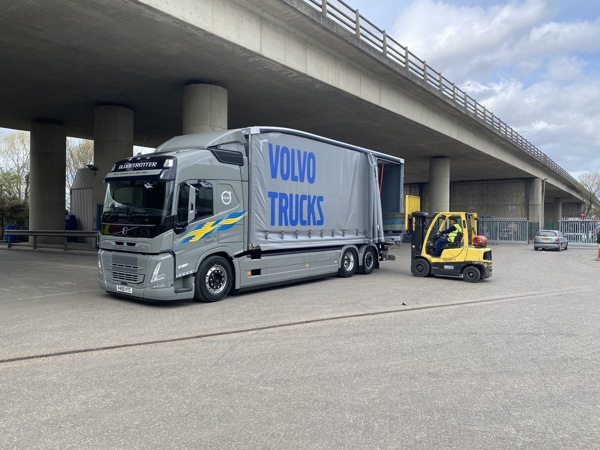Review
Whenever a truck manufacturer launches a suite of new models, the focus is, understandably, on the top-of-the-range 6x2 44-tonne tractor units.
A FH16 750 with a Globetrotter XL cab is always going to generate more excitement than the humbler offerings in the line-up, even though the sales it produces may be comparatively modest. It is the halo effect that counts.
That is a pity because unglamorous workhorses, such as the latest FM 18-tonner, are the mainstays of fleets up and down the country. Trundling up and down A and B roads collecting and delivering palletised loads or dropping off chilled and frozen food to supermarkets, they perform an invaluable service – and typically
keep on doing so with the same fleet for years.
The FM designation encompasses tractor units and multi-wheel rigids as well as 4x2 18-tonne chassis, with day, sleeper, crew and Globetrotter high-roof sleeper cabs. Two diesel engines are on offer. The D11 delivers power outputs from 330PS to 460PS while the D13 pumps out from 420PS to 500PS.
Mention should also be made of the LNG (liquefied natural gas) G13C engine at 420PS and 460PS. Volvo has additionally developed an electric model with either a 330kW or 490kW motor.
The FM day cab 18-tonner we tested was powered by the D11 engine at 330PS married to an I-Shift 12-speed automated gearbox. A Lawrence David curtainsider body was mounted on its medium-height 6,000mm-wheelbase chassis.
Eighteen-tonners tend to be used on multi-drop work, with drivers hopping in and out of the cab all the time. Getting behind FM’s wheel does not involve a steep climb – a couple of steps and you are there – and you can adjust its position by depressing a small pedal to the right of the steering column.
The low-slung cab plus cameras covering any blind spots should make it easy to spot vulnerable road users. And you can add to these visibility aids a window in the lower section of the passenger door.
Side skirts were fitted to our test truck to aid aerodynamics and to ensure that wayward cyclists don’t end up underneath the chassis. The drawback is that they could incur potentially-expensive damage if they end up clouting kerbs during tight urban manoeuvres.
I-Shift employs dashboard-mounted buttons designed to minimise any risk that the driver will attempt to over-ride Volvo’s carefully-crafted gear-changing strategy. Why would anybody want to anyway?
Upon releasing the electronic parking brake, using the dashboard switch, and moving away, the box began slipping smoothly from one set of gears to the next. It funnelled just the right amount of torque into play as the Volvo proceeded to tackle a series of demanding inclines.
The pulling power delivered and the uphill progress was impressive bearing in mind the FM was fully-laden. The performance was just as accomplished when descending to a flat section of highway, with the maximum legal speed for a truck easily maintained.
There is always the danger that a fully-laden commercial vehicle will start to run away with you as you head down a steep slope. The FM has descent control, however. Push a button on the steering wheel, and your progress is slowed automatically, just so long as you have the discipline to trust the technology and keep your feet off the brake and the accelerator.
Touch either and descent control is cancelled; and you start rolling forwards more quickly than is comfortable or safe until it is re-engaged.
Verdict: A comfortable workhorse that’s clearly built to last, the FM 18-tonner looks well-nigh ideal for use on short- to medium-haul routes. With ample power and torque for this sort of application, it’s completely on top of the job.

















